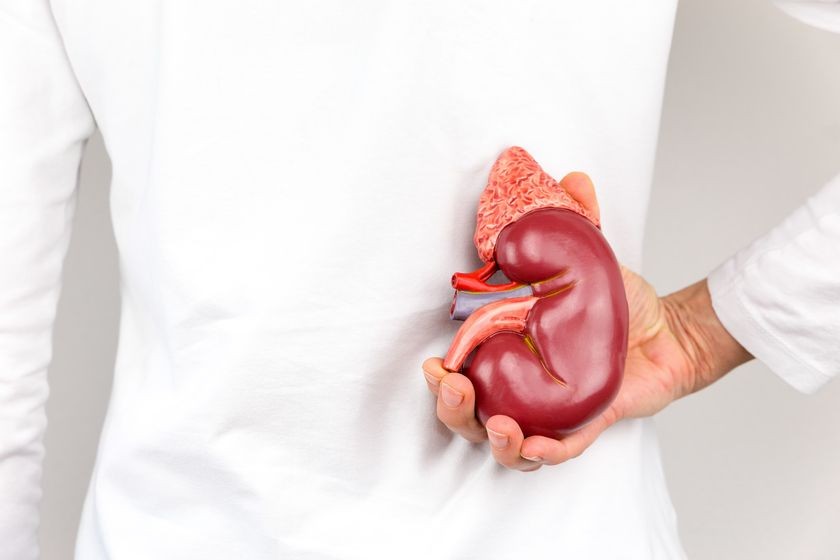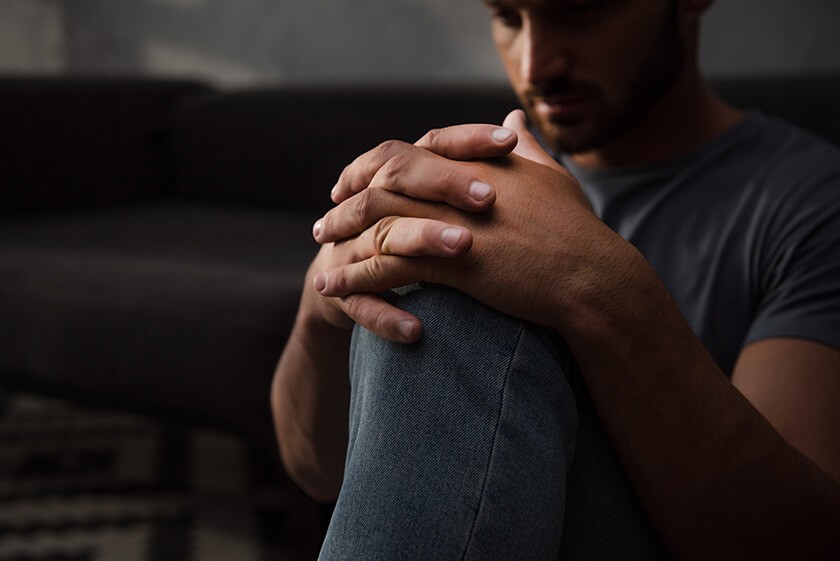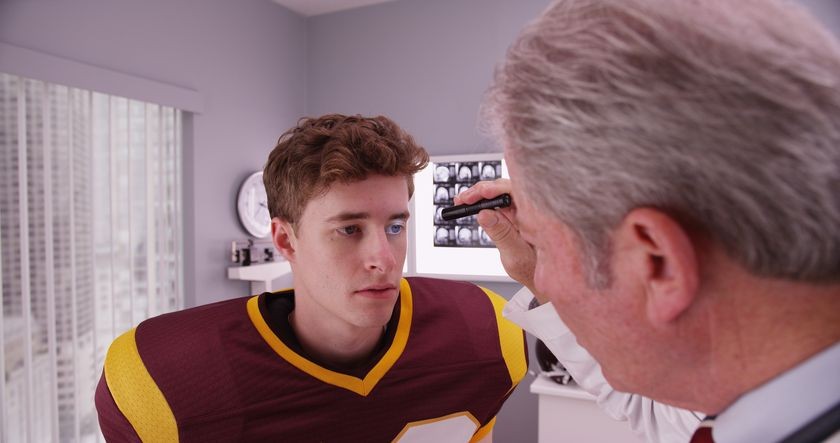
What are Kidney Stones? And Why do They Hurt So Much?

“This too, shall pass” is usually a comforting sentiment, except when it comes to kidney stones. Some describe the pain of passing kidney stones as being as bad as childbirth; others say it is like trying to eat and digest a running chainsaw.
So what exactly are kidney stones and why are they so painful to pass?
First, a Little Information about Your Kidneys and Urinary Tract
Your kidneys are bean-shaped organs that get rid of toxins and excess fluids. Most people have two kidneys, with one kidney on each side of the spine. Your kidneys are higher up in your body than you might think – they sit just beneath your ribcage in your back.
Your kidneys filter toxins and excess fluids from your bloodstream. These toxins and fluids flow from the kidneys down long tubes, known as ureters, to your bladder. Urine collects in your bladder until there is enough to pass through your urethra to the outside world.
Now, About those Kidney Stones
Kidney stones are made of minerals and salts. These stones can develop in one kidney or both of your kidneys. They develop when levels of some specific substances in your urine get too high.
Also known as renal calculi, kidney stones can be smaller than a grain of sand or the size of a pea. Don’t panic, but kidney stones can be as large as a golf ball. Fortunately, such large stones are very rare and doctors have ways of getting them out.
Kidney stones can be smooth or jagged. They are usually yellow or brown in color. As their name implies, these deposits develop in the kidneys but they can actually travel to affect any part of your urinary tract, from your kidneys all the way down to your bladder.
Sometimes the stones, especially smaller stones, leave your body through your urinary tract without causing too much pain. At other times, though, the stones sit in one spot and block the flow of urine. Larger stones tend to lodge in the smaller spaces of your urinary tract can cause urine to back up. The accumulation of urine in your kidney, ureter, bladder, or urethra can cause significant pain and sometimes bleeding.
Types of kidney stones
There are four main types of kidney stones:
- Calcium stones – the most common type
- Uric acid stones – forms when the urine contains too much uric acid
- Struvite stones – which may develop quickly after a urinary tract infection (UTI)
- Cystine stones – caused by an inherited disorder
Kidney stones are relative common – kidney stone problems send more than a half million people to the emergency department each year, according to the National Kidney Foundation. About 19 percent of men and 9 percent of women will develop a kidney stone at some time in life. Once you develop one kidney stone, you are at higher risk for developing more stones.
Causes of Kidney Stones
There are many causes of kidney stones. They often develop when your urine becomes concentrated, which allows the minerals in your urine to crystallize and stick together to form stones.
Kidney stones may be the result of not drinking enough water, exercising too much or too little, obesity, weight loss surgery, or eating food that is excessively sugary or salty. Eating fructose, found in table sugar and high fructose corn syrup, can increase the risk of kidney stones. People with a personal history of infections or a family history of kidney stones may be at higher risk for developing renal calculi.
Certain factors can increase your risk for developing kidney stones. You are more likely to develop kidney stones if you are a male, have had kidney stones in the past, or do not drink enough liquids. Some medical conditions, such as kidney disease, inflammation of the bowel, gout, obesity, or frequent UTIs, can increase the risk of kidney stones. Taking certain medications, such as diuretic “water pills” that help rid your body of water, could cause the development of renal calculi.
Diagnosis and Treatment of Kidney Stones
Treatment of kidney stones depends largely on the type of stone and the stone’s size and location. Passing kidney stones can be quite painful, but medical treatment can help you manage the pain. Kidney stones rarely cause permanent damage when treated by a medical professional.
Doctors use a variety of tests to diagnose kidney stones. Blood tests can detect high levels of calcium or uric acid in your blood, for example, while urine tests can show if your body is producing too much stone-forming minerals.
Imaging tests detect and create images of the stones in your urinary tract. Abdominal x-rays can reveal moderate to large stones. Computed tomography (CT) scans can detect small stones. A urogram, formerly referred to as an intravenous pyleogram (IVP), is an imaging test that involves the use of dye. Imaging tests help doctor assess the stone’s progress as it travels through your urinary tract.
Smaller kidney stones typically pass on their own within 48 hours, so treatment usually involves pain control and fluid management. Larger stones may require a procedure known as extracorporeal shock wave lithotripsy (ESWL) or surgery.
If you think you have a kidney stone, seek medical treatment. While most kidney stones pass without incident, some can cause pain and complications. For more information on kidney stones, consult with a doctor or urologist. Most importantly, remember that this too, shall pass.




